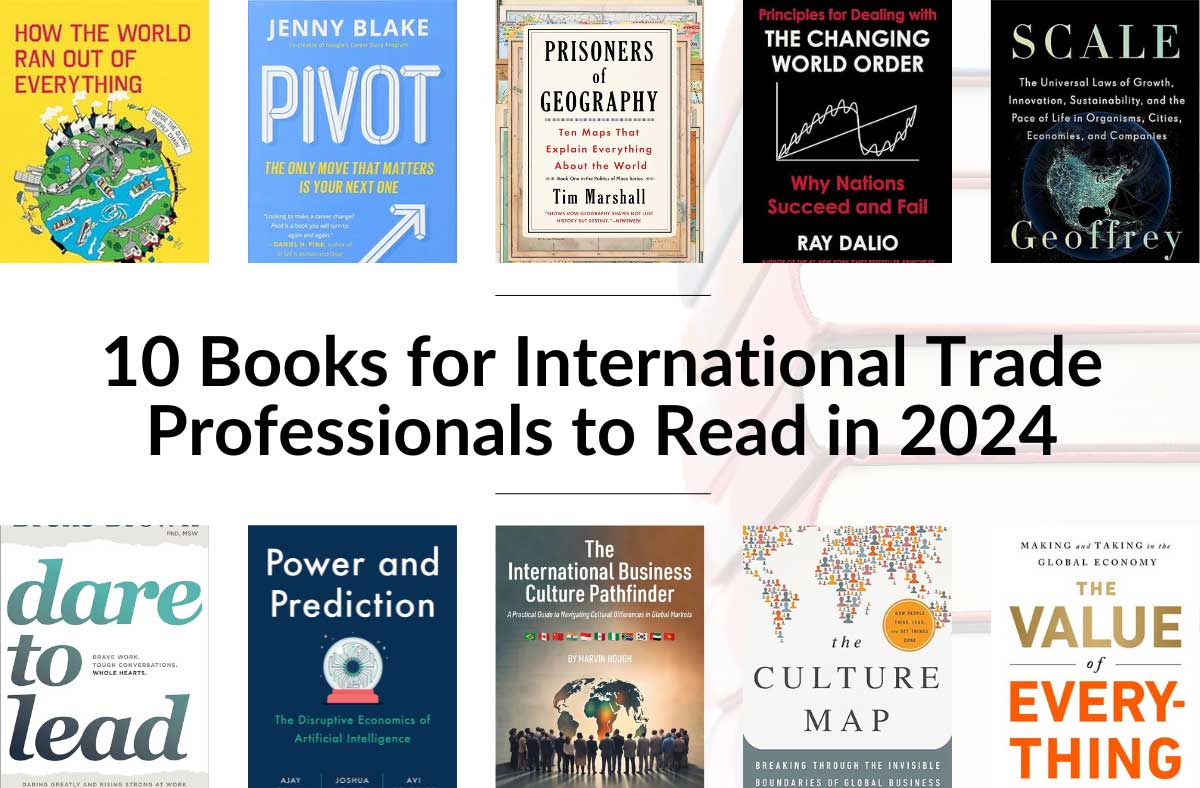 Being a semi-seasoned marathoner, I was quite confident a couple of weeks ago that my sixth marathon would go according to plan. Why wouldn’t it? I was fit, fast, and confident I would hit my target.
Being a semi-seasoned marathoner, I was quite confident a couple of weeks ago that my sixth marathon would go according to plan. Why wouldn’t it? I was fit, fast, and confident I would hit my target.
Well, the unexpected happened.
I was right on pace at the halfway mark of the race, feeling great. Then all of a sudden, at exactly 21 kilometres, my calf muscle pulled. What??? How did that happen?? I had no inclination up until that morning that there was even a problem.
When I conducted a post-mortem of my first Did Not Finish (DNF), I saw the signs. Small little red flags that maybe I wasn’t recovering enough, running too fast in workouts and not seeking professional help to sort out any underlying issues I may not have been aware of.
There are a few parallels between my DNF and a failed market entry strategy.
Inexperienced exporters, or sometimes even experienced exporters, make mistakes because, frankly, they don’t know what they don’t know.
Even with experienced exporters, sometimes the status quo, even if it’s worked in the past, may lead to some of the pitfalls of international trade instead of continued export success.
Equip yourself properly by paying attention to the fine print on your contracts
Take, for instance, the case of recycling a contract for different markets. You can compare that to using everyday shoes to run a marathon.
I have seen companies ‘cut and paste’ contracts for different markets, with small tweaking to reflect the new relationship, but not necessarily the local nuances.
Contracts that do not reflect local requirements can be very costly to fix and lead to litigation down the road when something goes wrong with the agreement, or the company needs to terminate the contract.
In Colombia, for example, an agent receives a severance payment when an agency agreement is terminated, regardless of the reason or cause.
An exporter should pay close attention to the contracts they are signing and make sure they understand all aspects of the agreement, especially those clauses that ‘don’t really mean anything’.
Stay in the global business race with a strong trade compliance strategy
Trade compliance is another area that keeps some companies up at night, or in some cases, should keep companies up at night. This is like running off course and being flagged by officials.
I have seen companies use untrained employees for the preparation of customs and shipping documentation, which can result in discrepancies and errors.
With small manufacturers, for example, the employee in the company completing the customs documentation may underestimate the importance of accurately classifying the products according to the HS Code and/or Country of Origin.
When a company has multiple products that they export and numerous components that make up the product, it can be very complex to determine correct tariff classifications.
Even when a third party has recommended conducting a structured review of the tariff classifications or requesting a customs ruling for a particular product, I have seen decision makers hesitate to spend the money.
This is often due to budgetary constraints and the mentality that, “If the shipments haven’t been flagged in the past, they must be doing things correctly.”
Customs compliance should not be taken lightly, as the costs to address compliance issues can be very high.
Prepare for each situation by adapting to local preferences
Failing to adapt your product offering to reflect local market characteristics and preferences can also set off red flags. This is akin to a runner not accounting for local climate conditions and weather warnings.
I remember when Home Depot entered the Chilean market in the 1990’s. It set up stores in Chile using the same format that worked in the United States and Canada.
Unfortunately, what Home Depot failed to realize was that it was women in Chile who made the purchasing decisions for home products, and the male-centric environment that worked in North America was not very welcoming for women.
This was one of the major reasons why the company failed to garner much interest in their stores, which led to Home Depot selling off its share of all of its stores in the market.
A company must adjust its marketing strategy to reflect local characteristics.
Otherwise, it may not achieve long-term success.
In order to achieve international trade success, while not getting sidelined by injury, companies must do their research, create a strong plan, stick with the plan, upgrade their international trade skills, and hire professionals that can coach them.
Remember, the race is not always to the swift, but to those who prepare for the unexpected and keep running toward their goals.
Which signs do you need to pay most attention to in order to avoid a DNF on your market entry strategy?








disqus comments